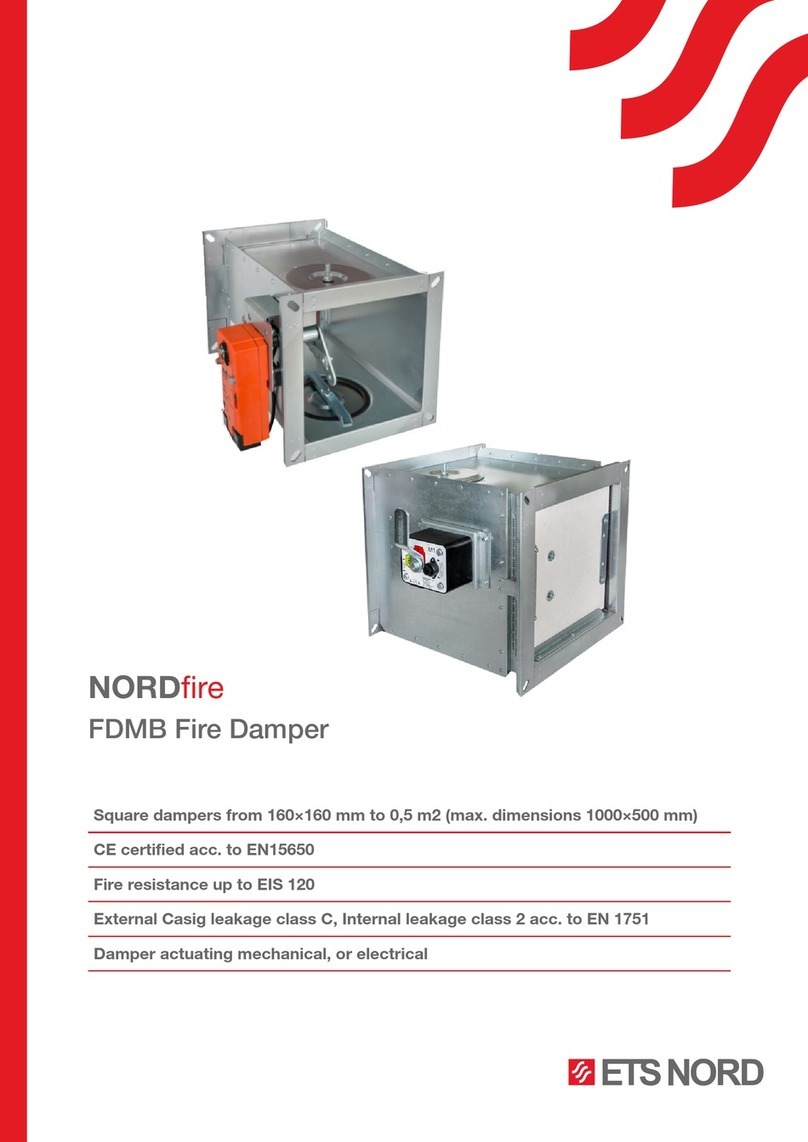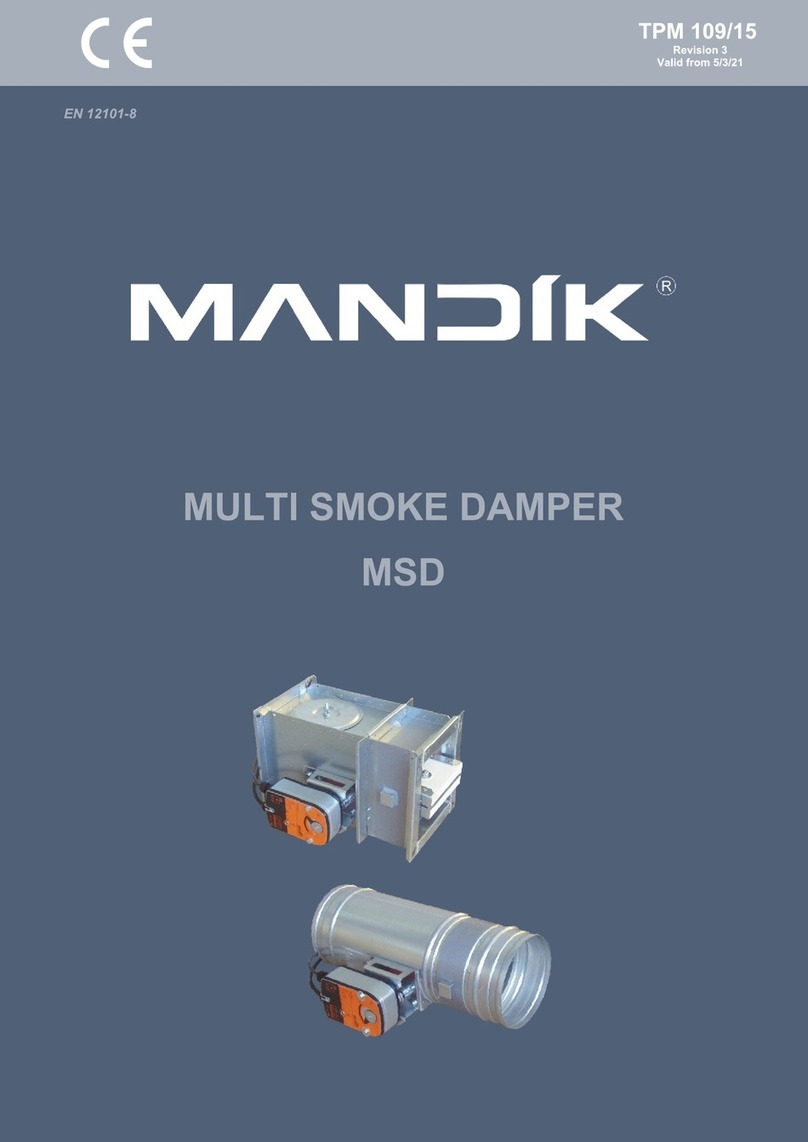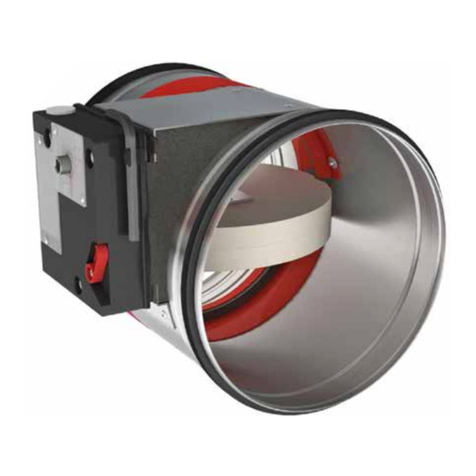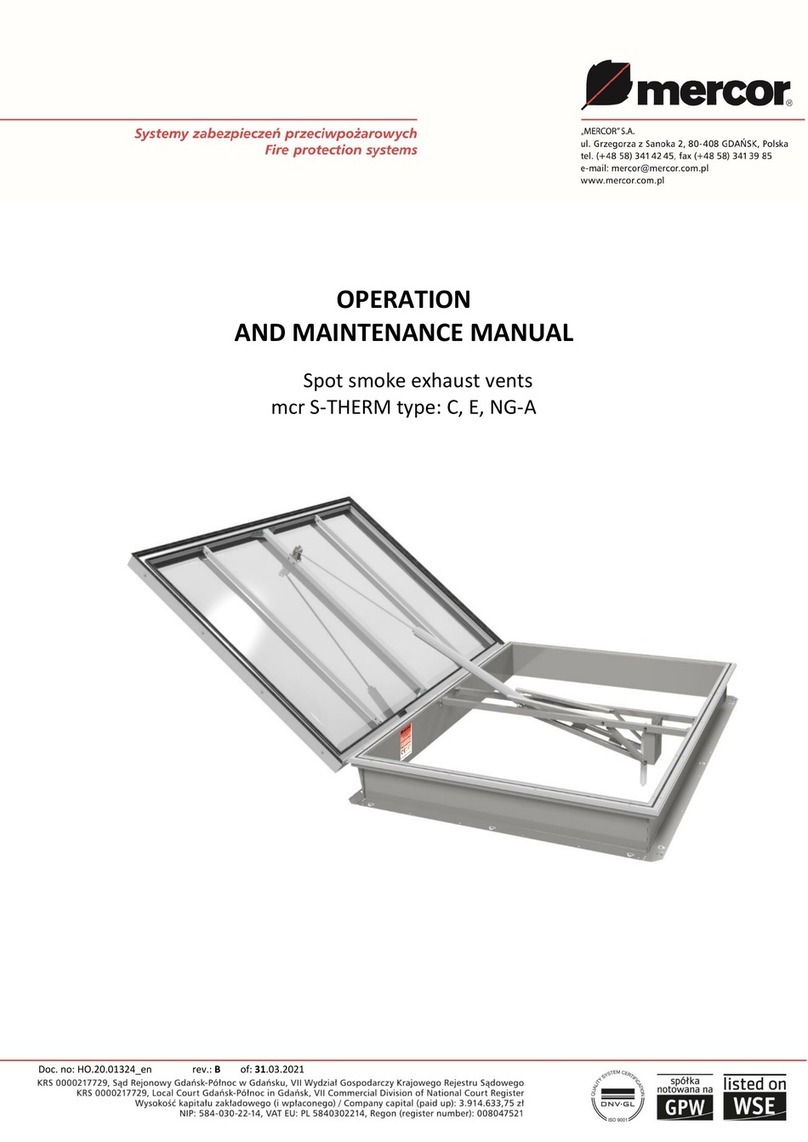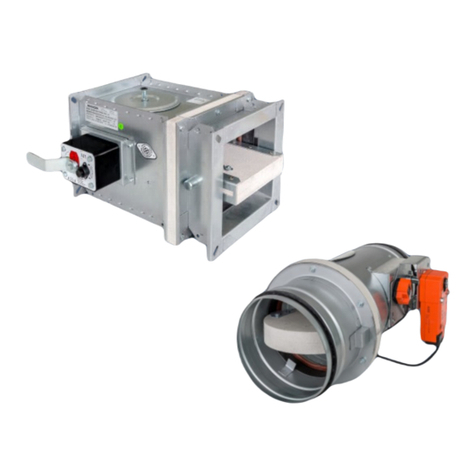Lindab WH45P Installation and operation manual
Other Lindab Fire And Smoke Damper manuals
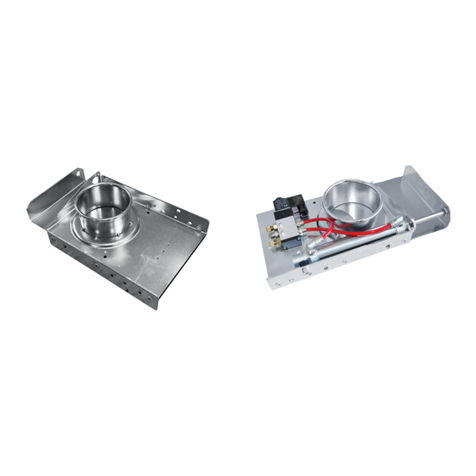
Lindab
Lindab SKMTR User guide
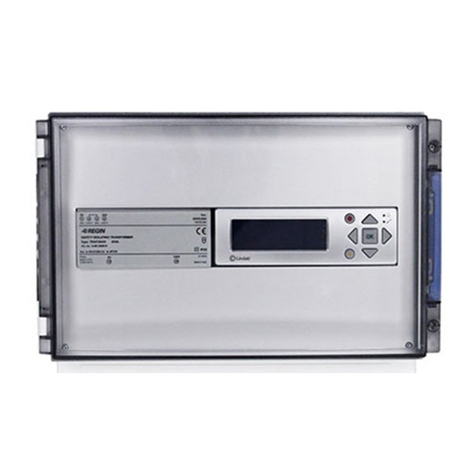
Lindab
Lindab FDS-M User manual
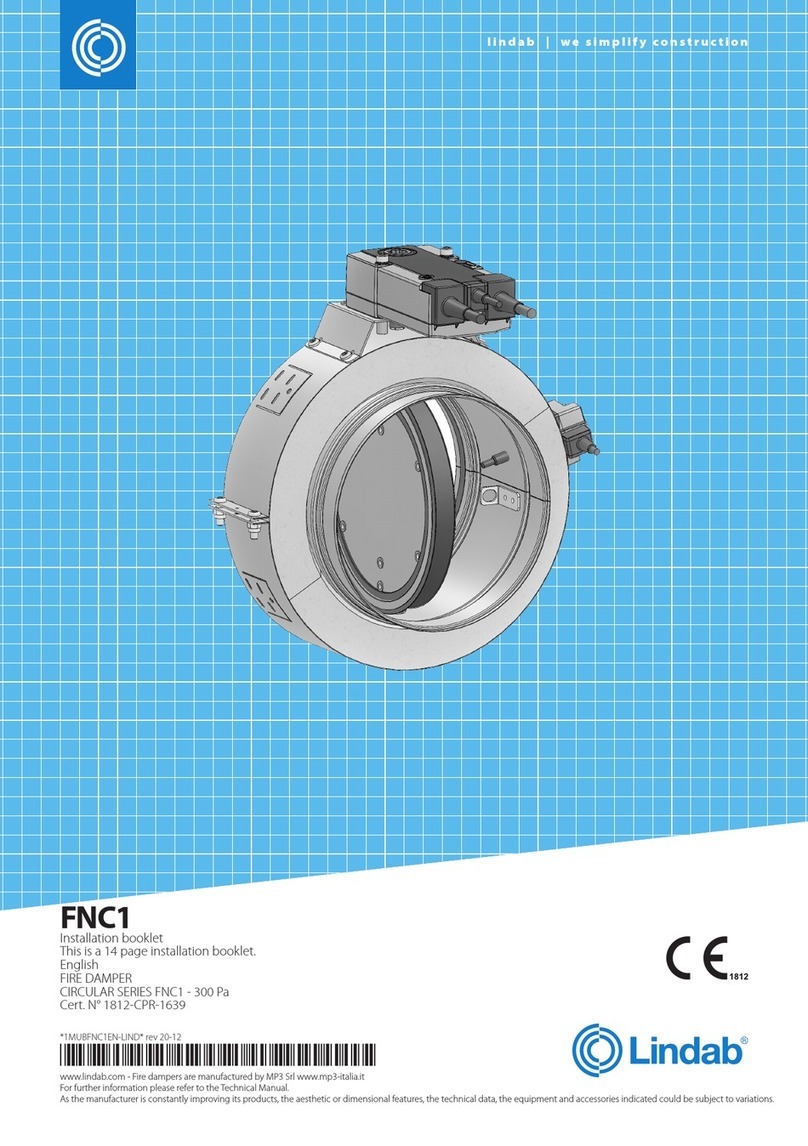
Lindab
Lindab FNC1 Installation and operation manual
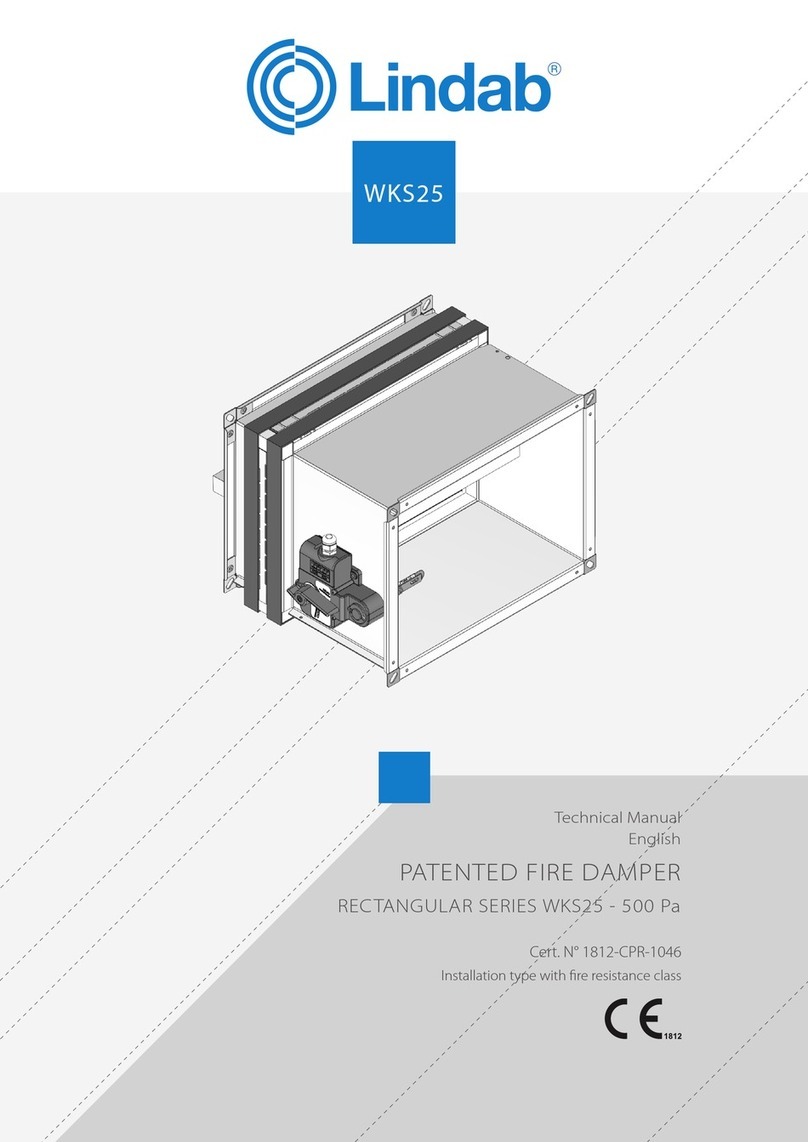
Lindab
Lindab RECTANGULAR Series User manual
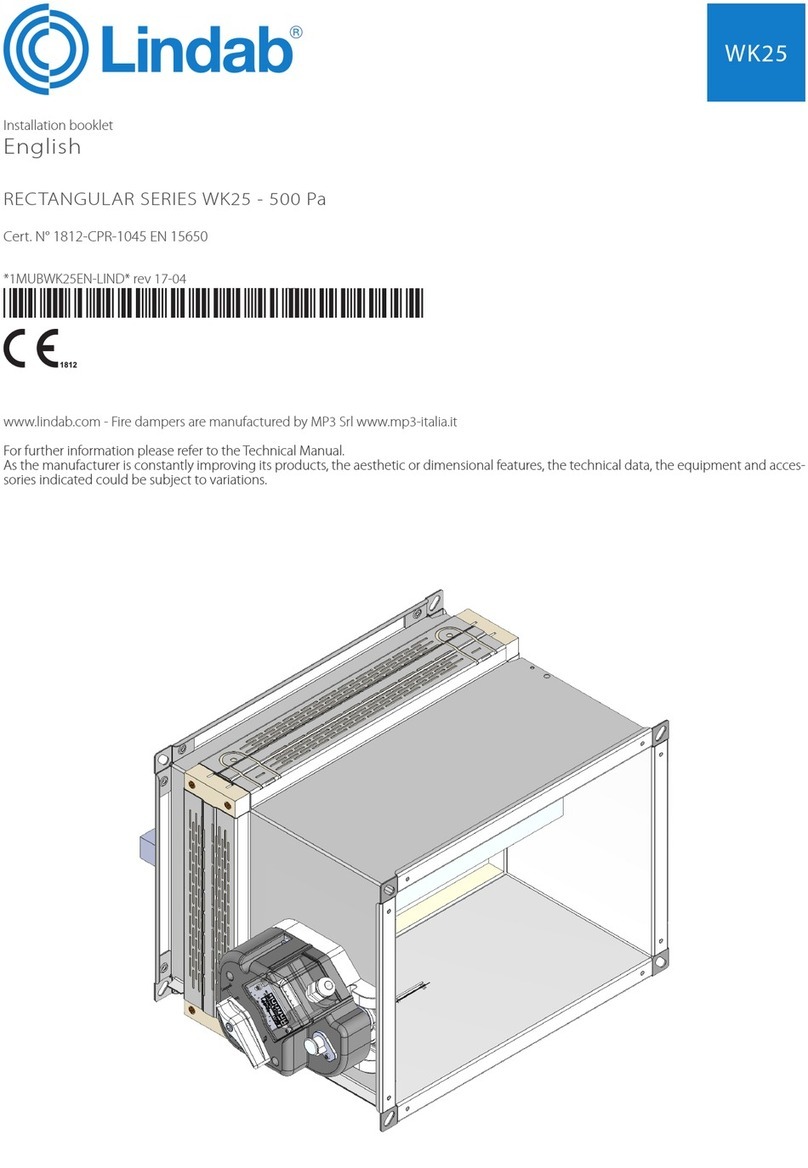
Lindab
Lindab RECTANGULAR Series Installation and operation manual

Lindab
Lindab SDJR-S User manual
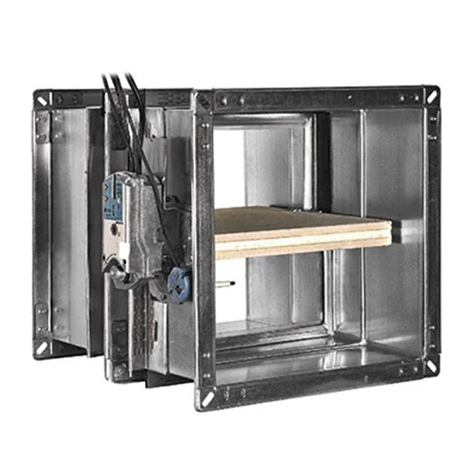
Lindab
Lindab WK45 Series User manual
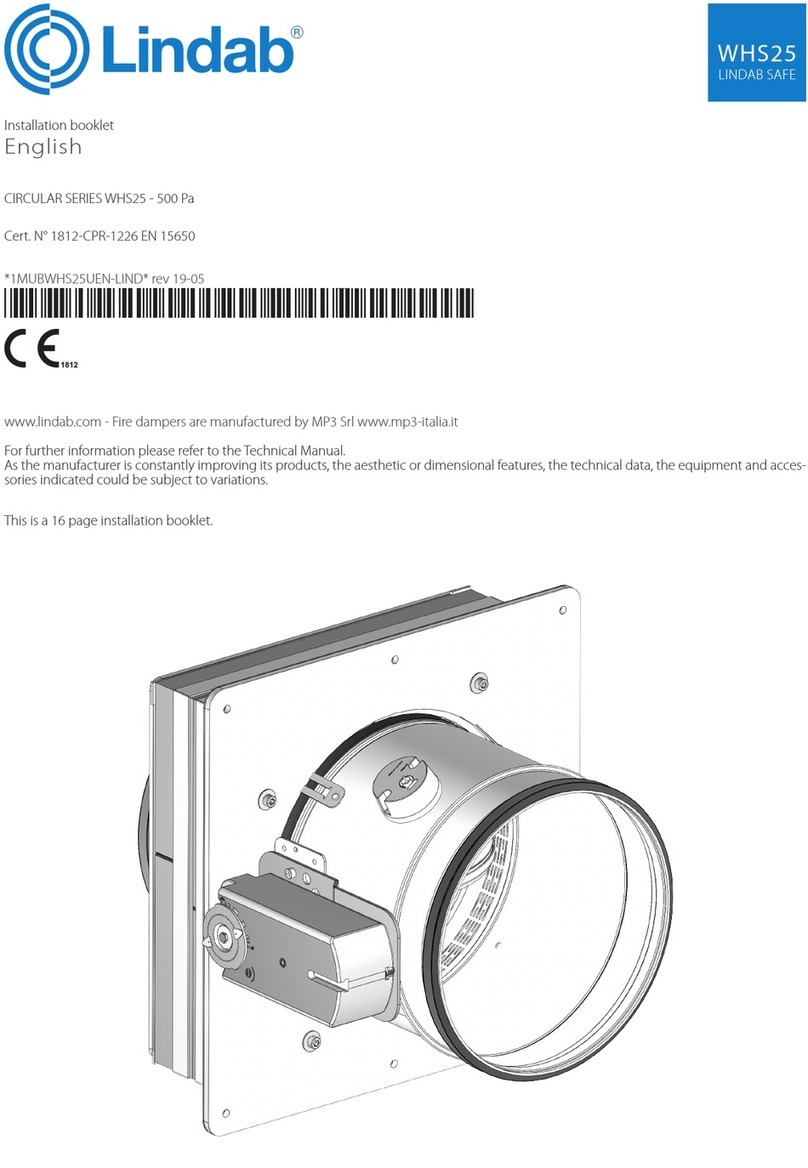
Lindab
Lindab CIRCULAR Series Installation and operation manual
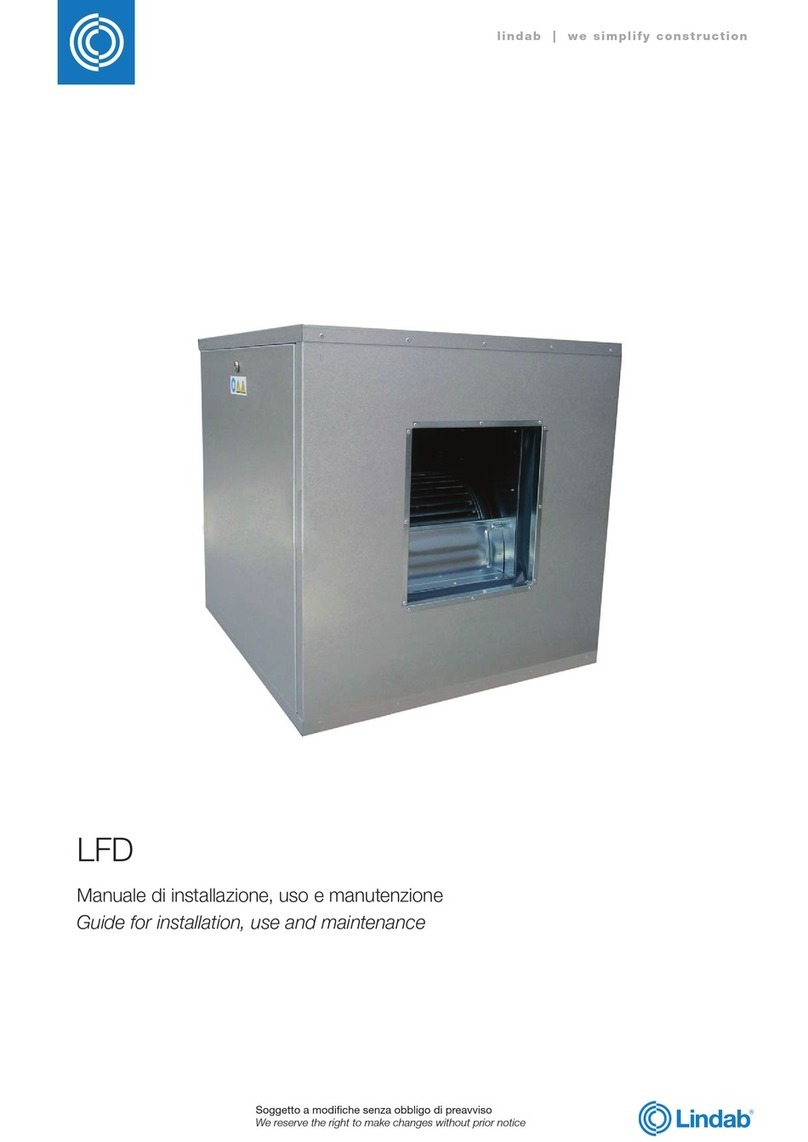
Lindab
Lindab LFD Quick start guide
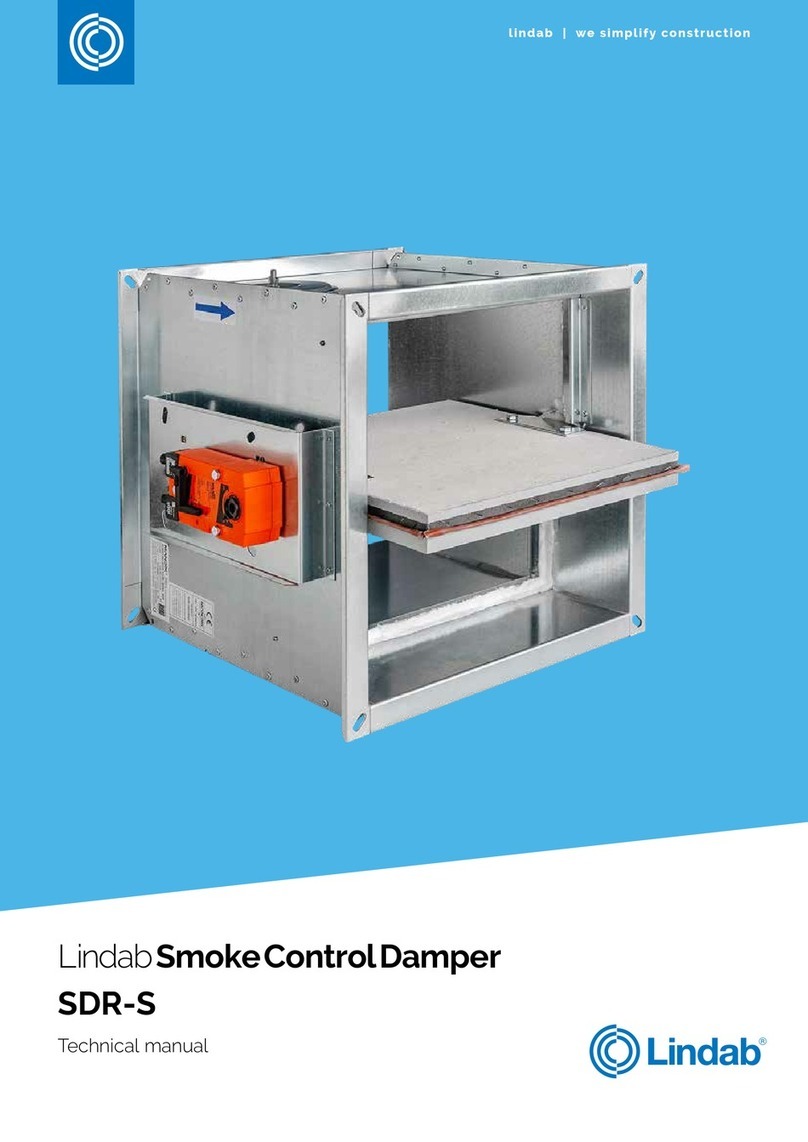
Lindab
Lindab SDR-S User manual
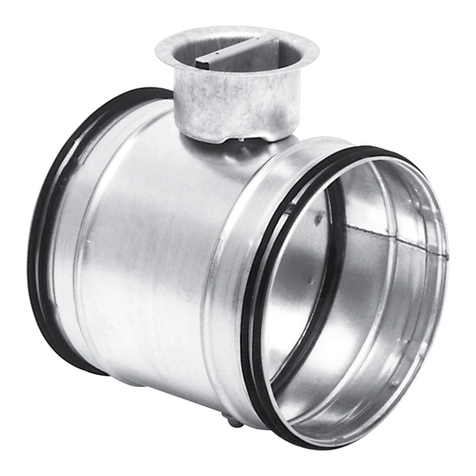
Lindab
Lindab DRU User guide

Lindab
Lindab RECTANGULAR Series Installation and operation manual

Lindab
Lindab WK45 Series Installation and operation manual

Lindab
Lindab WH25 Installation and operation manual
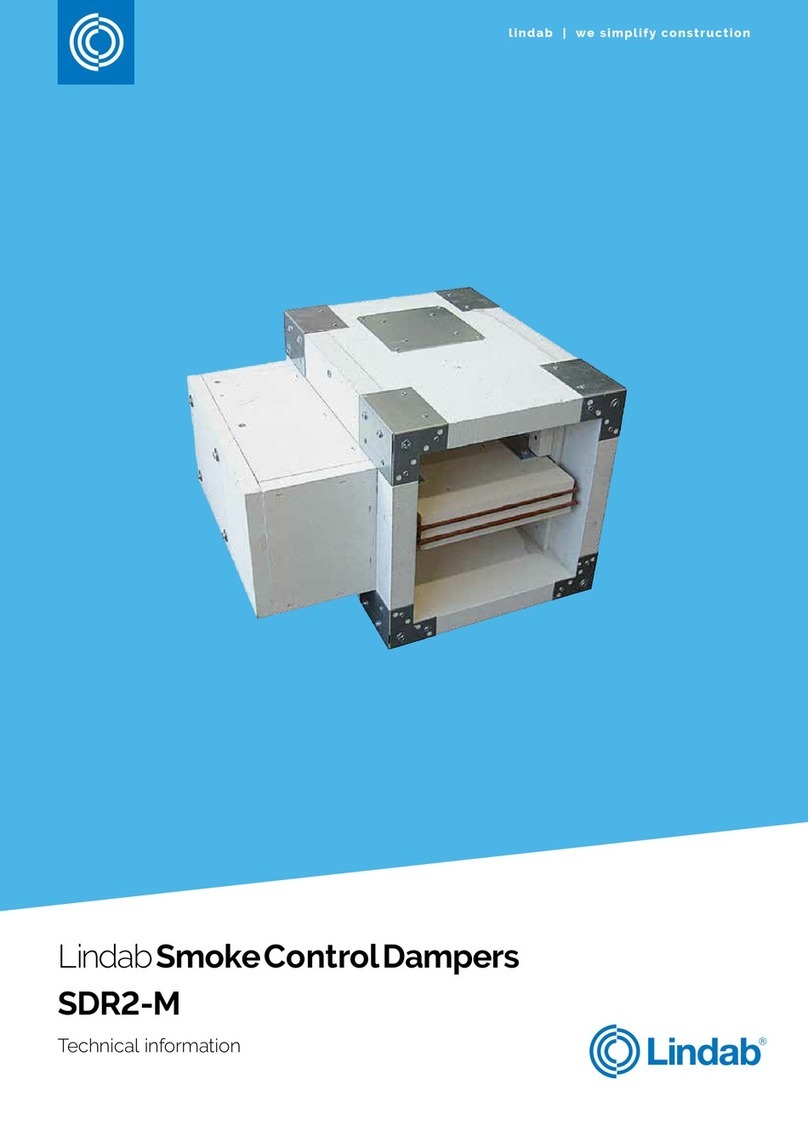
Lindab
Lindab SDR2-M Manual
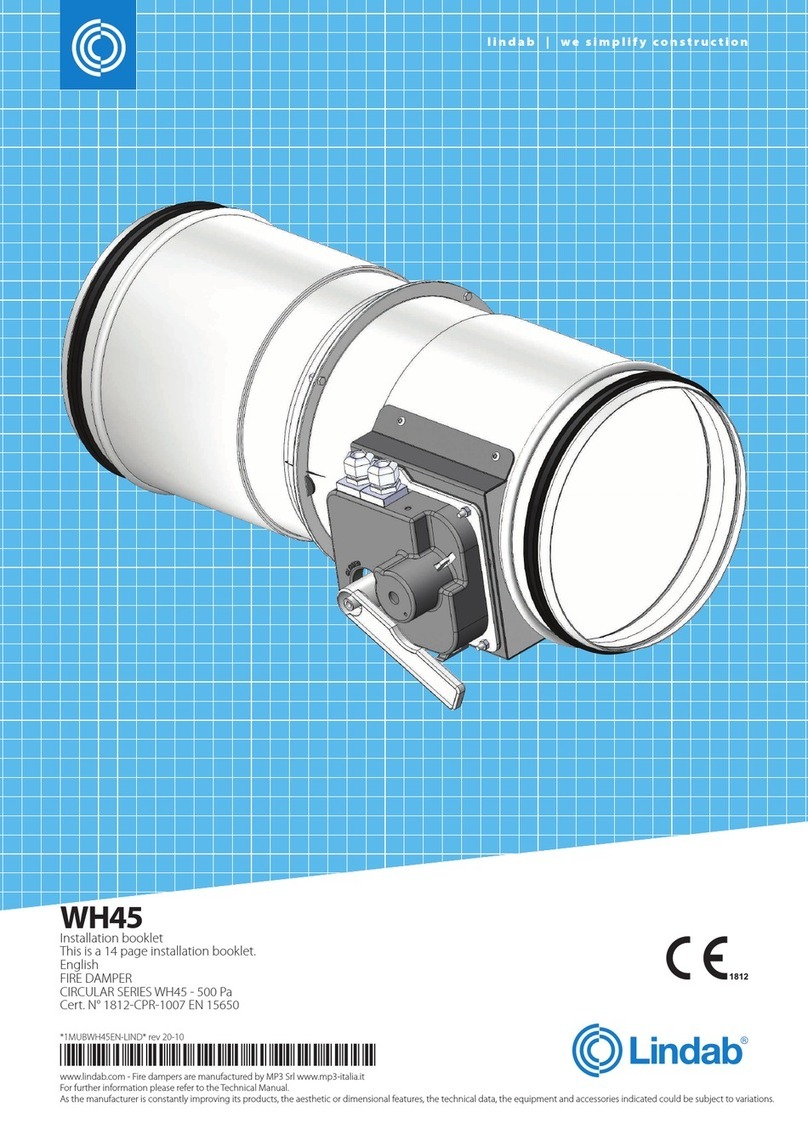
Lindab
Lindab WH45 Series Installation and operation manual
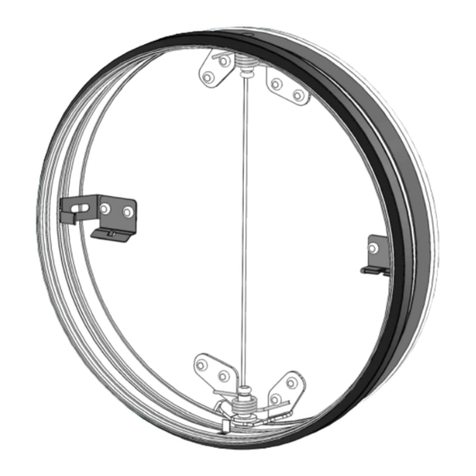
Lindab
Lindab FBC1 User manual
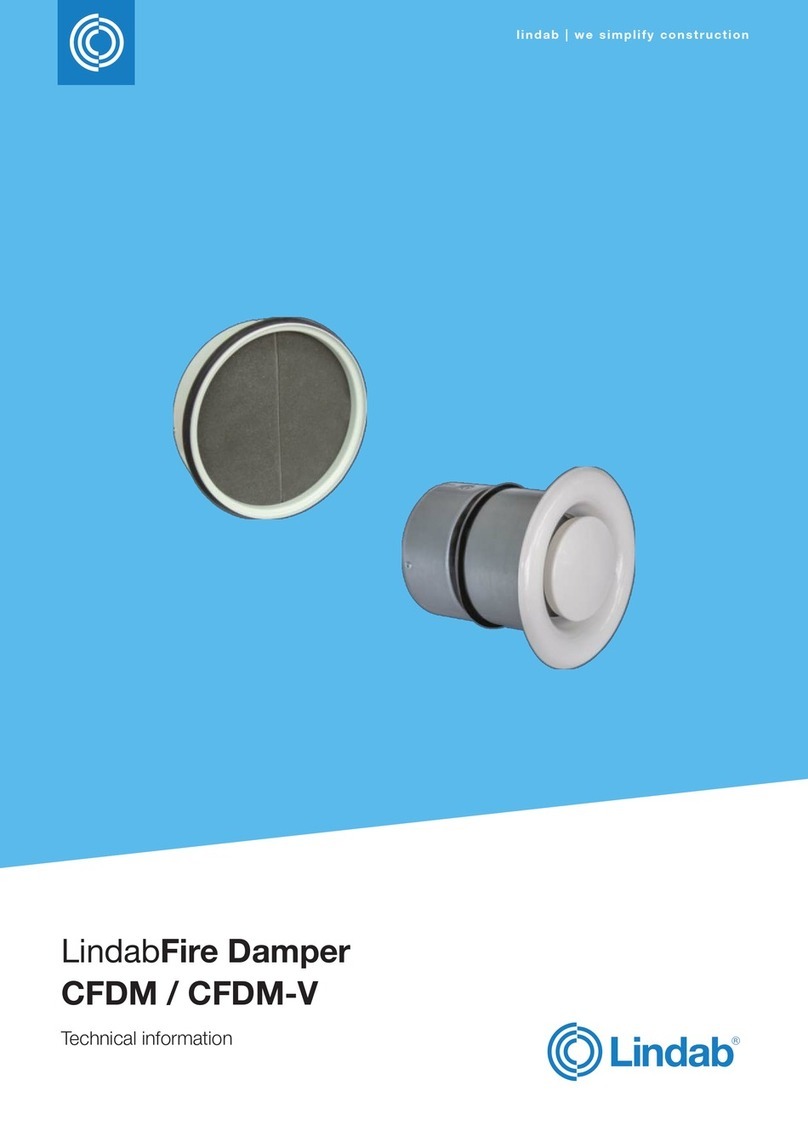
Lindab
Lindab CFDM Manual
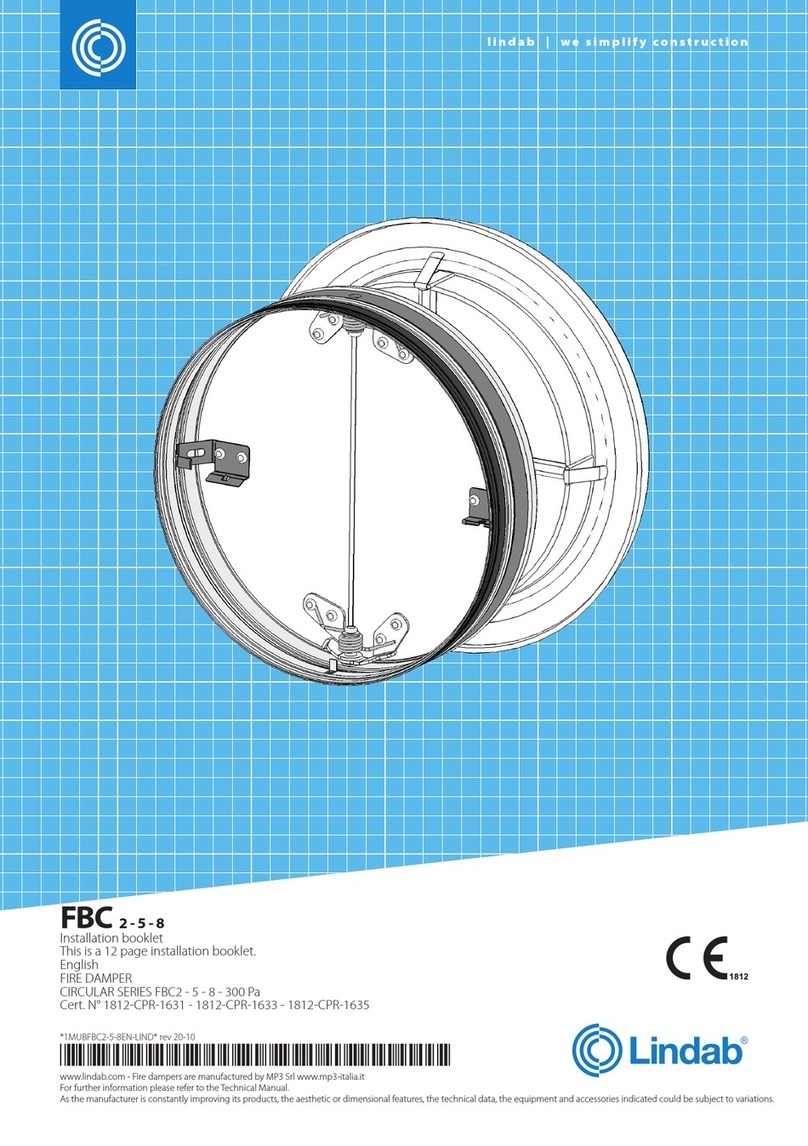
Lindab
Lindab FBC2 Installation and operation manual

Lindab
Lindab WH25 User manual
Popular Fire And Smoke Damper manuals by other brands

HVC
HVC NCA 700 Series Operation and maintenance manual
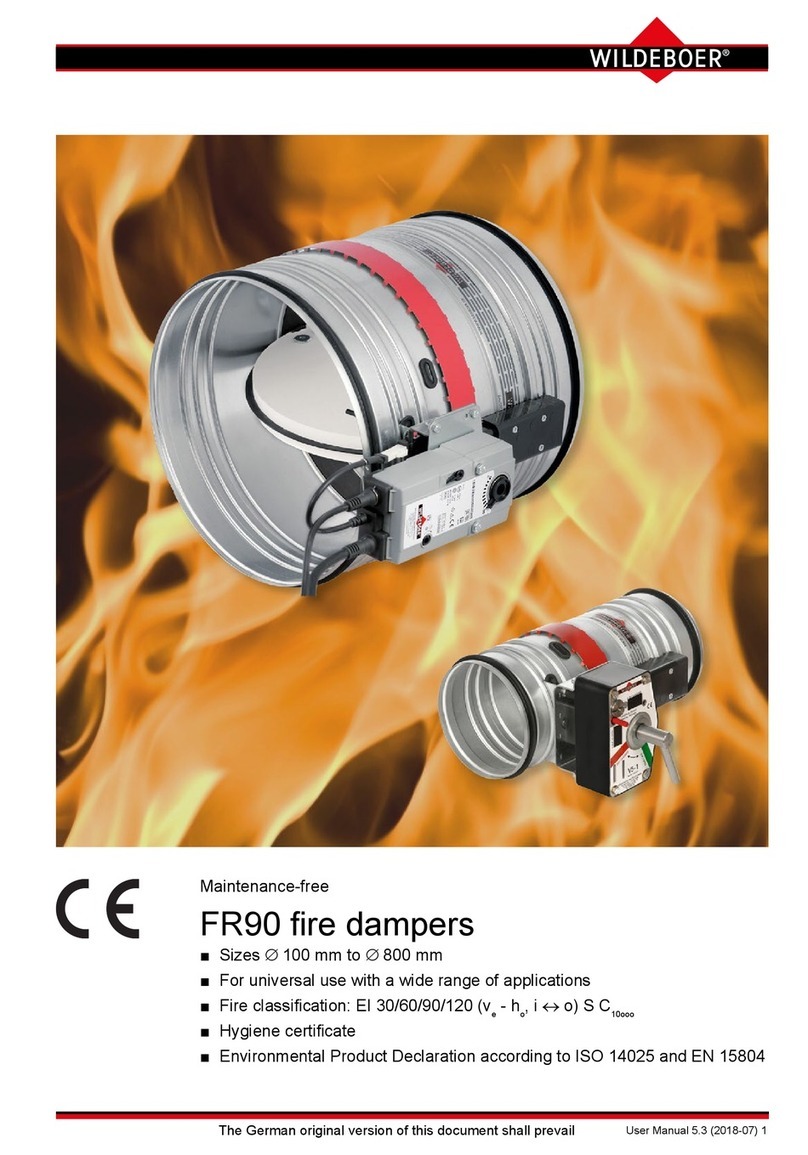
Wildeboer
Wildeboer FR90 user manual
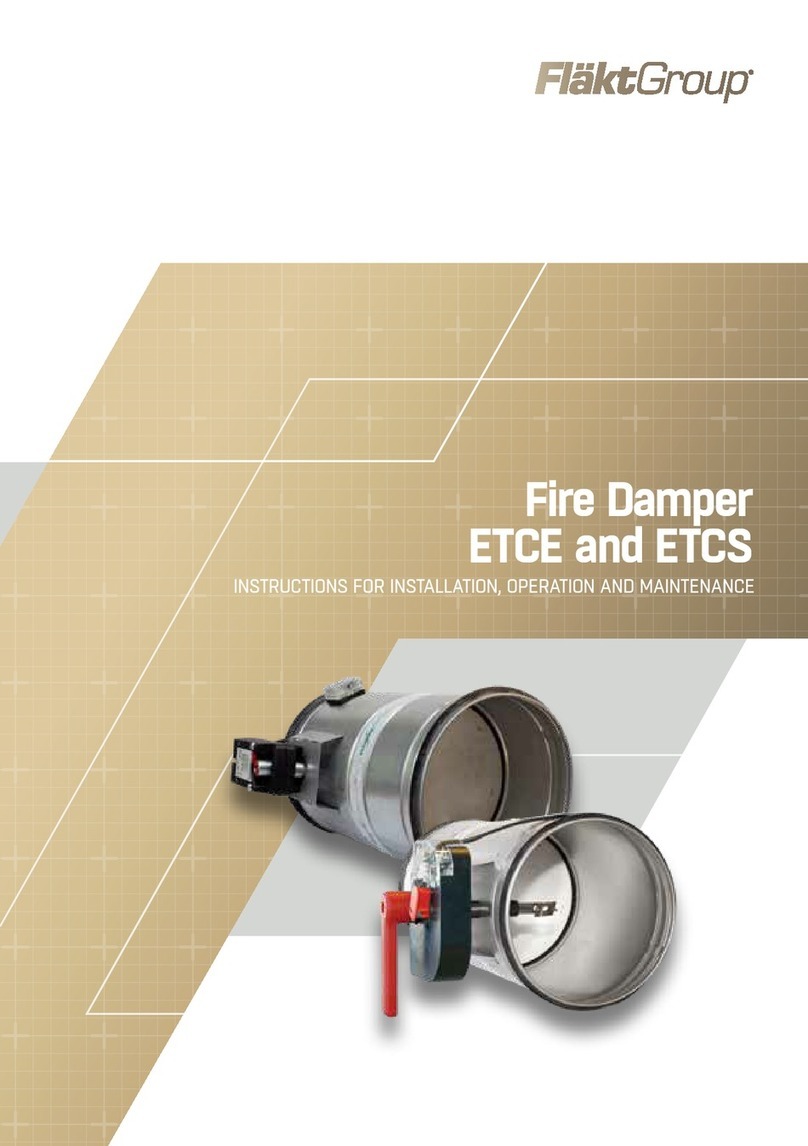
FläktGroup
FläktGroup ETCE Instructions for installation, operation and maintenance
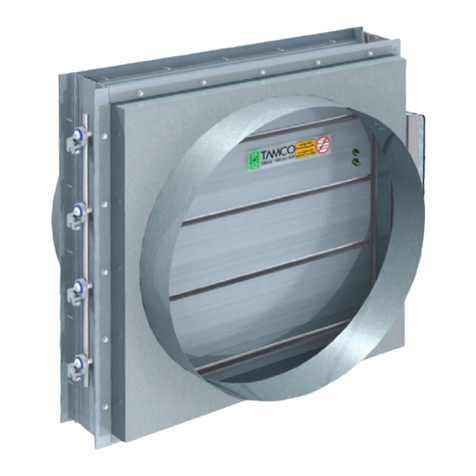
Tamco
Tamco 1000 SM Series manual
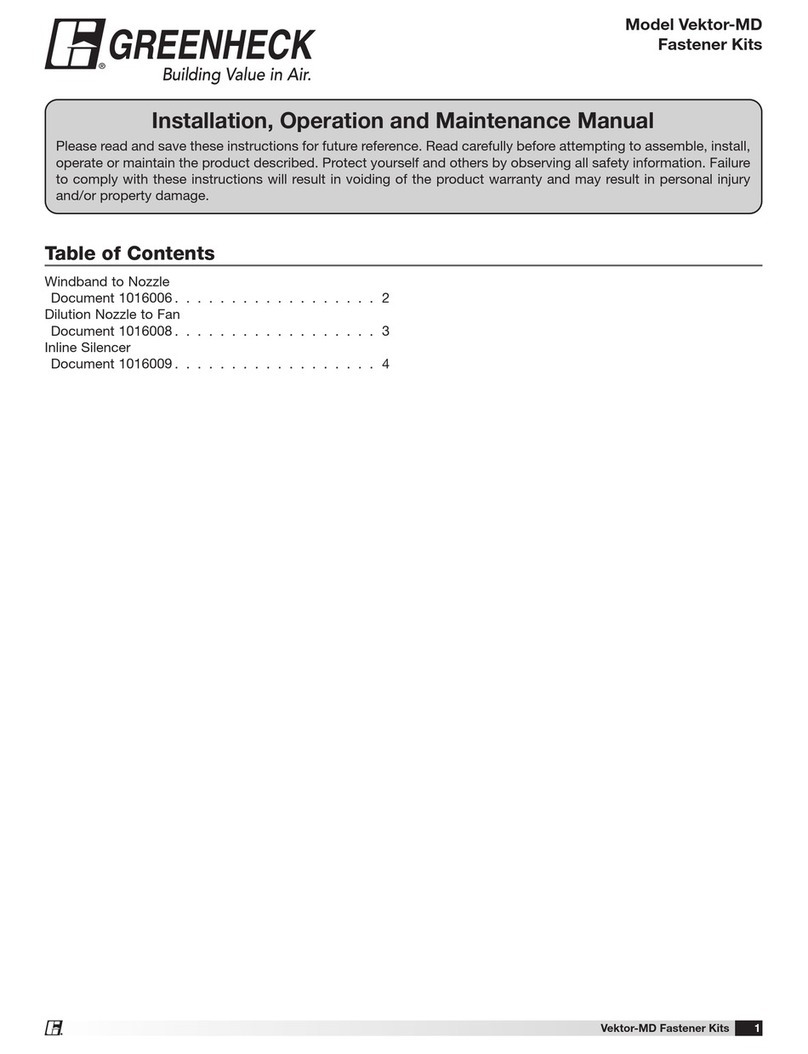
Greenheck
Greenheck Vektor-MD Installation, operation and maintenance manual
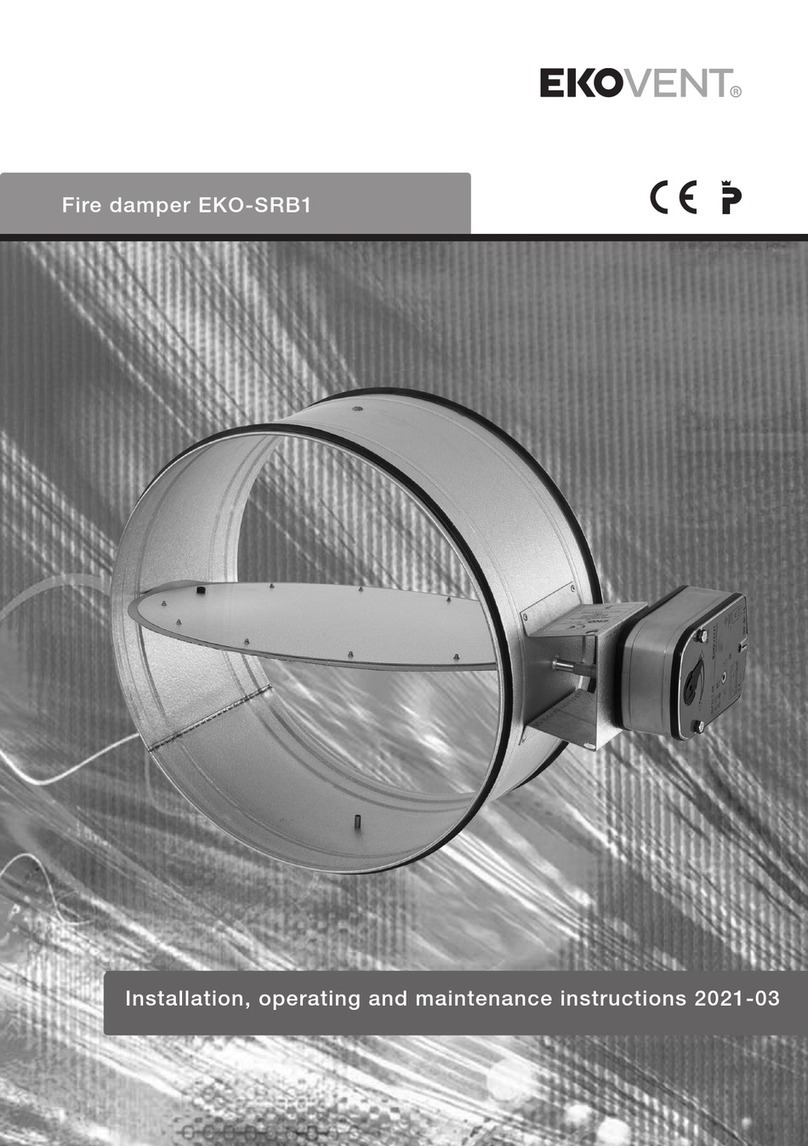
EKOVENT
EKOVENT EKO-SRB1 Installation, operating and maintenance instructions
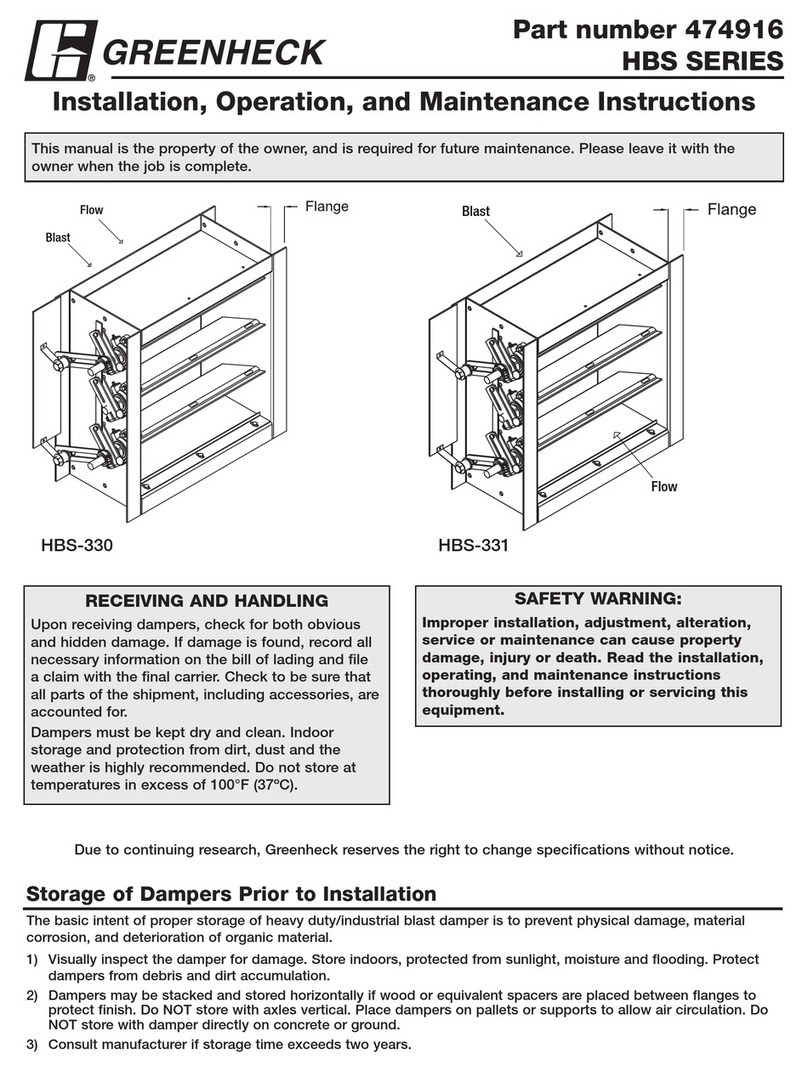
Greenheck
Greenheck HBS Series Installation, operation and maintenance instructions
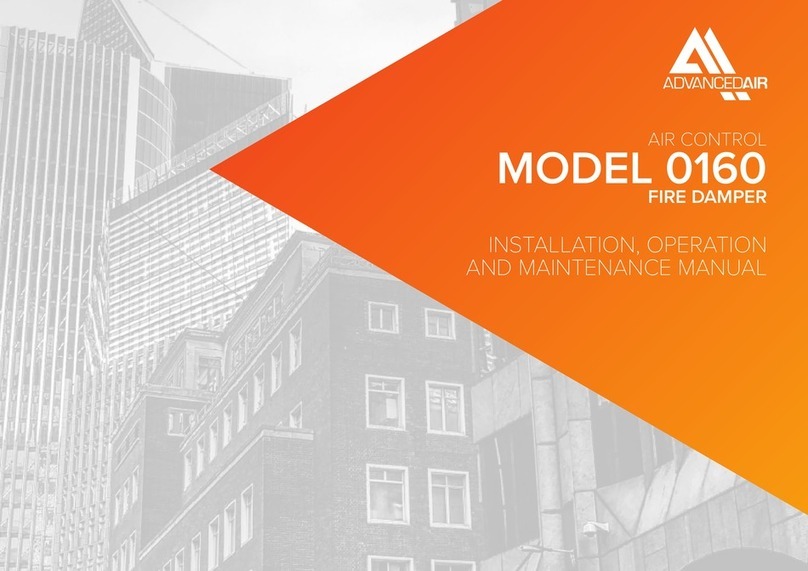
Advanced Air
Advanced Air 0160 Series Installation, operation and maintenance manual
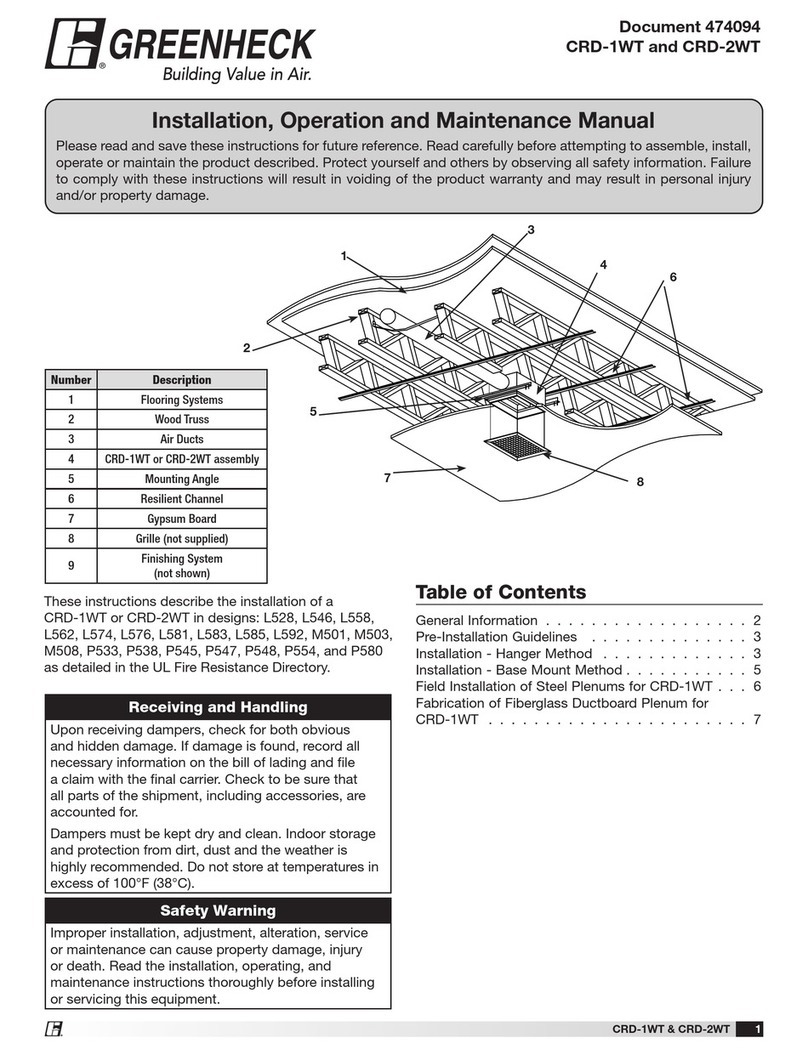
Greenheck
Greenheck CRD-1WT Installation, operation and maintenance manual
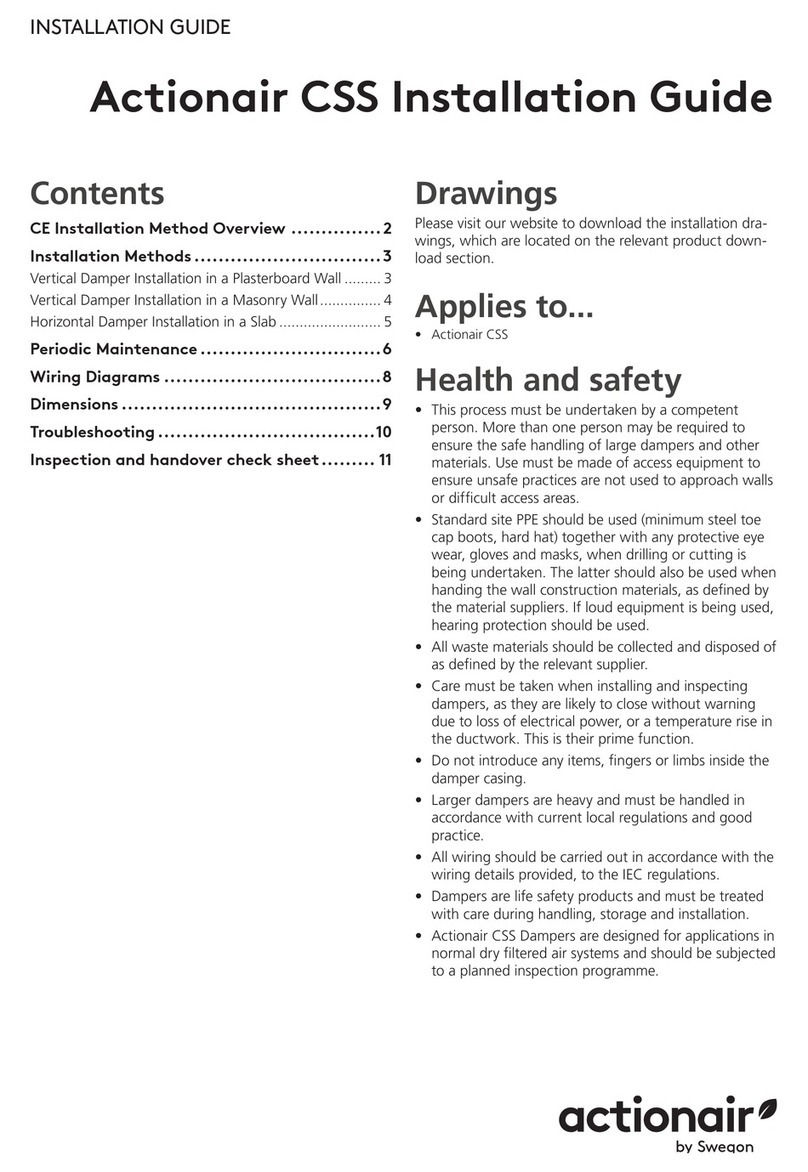
Swegon
Swegon Actionair CSS Series installation guide
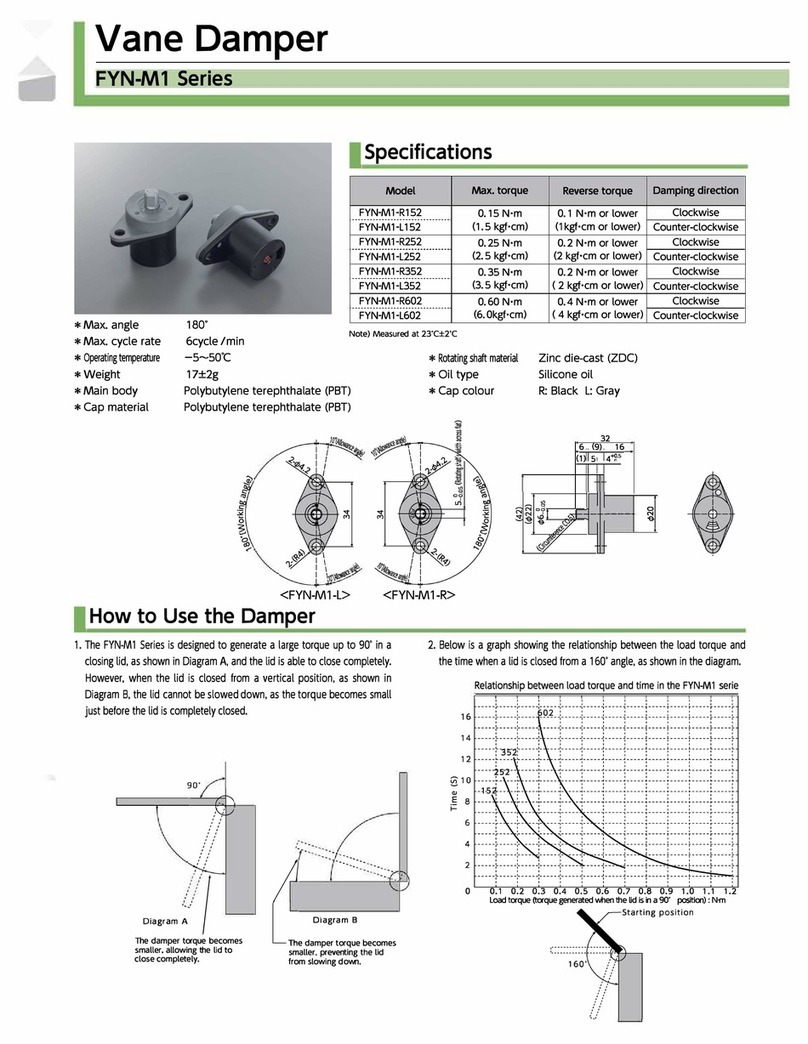
TAKACHIHO
TAKACHIHO FYN-M 1 Series manual

Valmet
Valmet Flowrox Expulse Series Installation, operation and maintenance instructions
